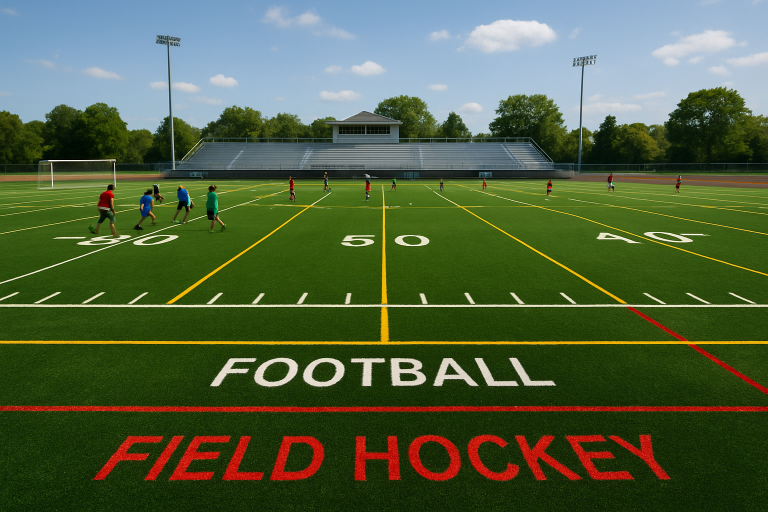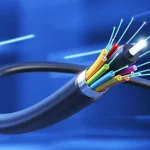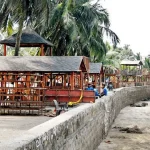Key Takeaways:
- Artificial turf fields are revolutionizing athletic venues by offering enhanced durability and reduced maintenance costs.
- Innovations in turf technology, including hybrid grass systems and sustainable infill materials, are enhancing player safety and promoting environmental sustainability.
- Despite the benefits, considerations regarding injury risks and environmental impact remain important in the decision-making process.
The Rise of Artificial Turf in Athletic Facilities
Since their introduction in the 1960s, artificial turf fields have evolved from basic carpets over concrete into advanced surfaces that closely mimic natural grass. Modern turf installation provides durable, resilient, and visually appealing playing surfaces, making it a popular choice across professional, collegiate, high school, and community sports. Its widespread adoption is driven by lower maintenance costs, year-round usability, and enhanced safety and realism through the use of advanced materials. With over 10,000 fields in use nationwide, schools and public institutions have reported benefits such as increased community engagement, flexible scheduling, and reduced water and maintenance expenses, making turf field installation a valuable long-term investment.
Turf fields also provide consistent playing conditions regardless of weather, reducing game cancellations and delays. Advances in synthetic fibers and infill materials have further enhanced player comfort and safety. As technology continues to improve, artificial turf installation is expected to expand even further across athletic and recreational facilities.
Advantages of Artificial Turf
- Durability: Synthetic fields are designed to withstand local weather, frequent use, and sustained activity without developing bare patches, mud, or divots.
- Low Maintenance: Unlike natural grass, artificial fields eliminate the need for watering, mowing, fertilizing, or annual reseeding, leading to substantial ongoing savings.
- Versatility: Turf allows a single facility to host multiple sports and special events with minimal transition or surface recovery time required.
Because of these advantages, more schools and community programs are reinvesting in athletic infrastructure to offer greater accessibility, longer competitive seasons, and safer playing conditions.
Innovations in Turf Technology
Artificial turf technology continues to advance rapidly. One of the most exciting developments is the rise of hybrid grass systems. These innovative solutions integrate natural grass with synthetic fibers, creating a surface that retains the look and feel of grass while benefiting from the longevity and wear resistance of artificial materials. For example, the Grass Master system uses polypropylene fibers injected into the soil to bind with living grass roots, producing stable playing conditions even under heavy use. According to AgDaily, sports turf managers are also adopting sustainable infill options and advanced maintenance technologies. Whereas earlier turf relied on rubber crumb infill, the latest systems offer organic alternatives, such as cork and coconut husks, which reduce environmental impact and create a cooler, more comfortable playing experience. New autonomous equipment, such as GPS-guided robots for precise line marking and mowing, now supports maintenance, reducing labor costs and ensuring top-quality field conditions year-round.
Case Studies: Schools Embracing Turf Fields
New Trier High School
New Trier High School in Illinois recently embarked on an ambitious turf renovation project following a multi-million-dollar grant. According to reporting by New Trier News, this initiative not only expanded outdoor athletic spaces but also upgraded existing fields, providing year-round reliability for students and community leagues. The improvements reflect growing recognition that high-quality turf surfaces support both athletic competition and recreational programming.
Jasper Independent School District
Jasper ISD, in Texas, installed new turf across baseball and softball venues to improve durability, aesthetics, and all-weather playability. By investing in synthetic fields, the district ensures its facilities remain at the forefront of athletic standards, providing a safe, reliable surface for students and reducing interruptions due to poor weather or field conditions.
Environmental and Health Considerations
While the adoption of artificial turf is driven by practical and economic advantages, it is crucial to acknowledge potential drawbacks. One concern is heat retention: artificial fields can reach significantly higher temperatures than natural grass, which impacts player comfort and increases the risk of heat-related incidents. Solutions such as shaded areas, cooling infills, and hydration breaks are increasingly implemented to mitigate risks.
There is also an ongoing debate about injury risks. Some high-profile cases, such as Aaron Rodgers’ Achilles injury, have sparked discussion about whether playing on artificial turf contributes to certain types of injuries. According to AP News, research suggests a higher rate of specific injuries, such as turf burns and certain joint strains, on synthetic fields compared to grass. However, advancements in field cushioning and player safety standards are narrowing these gaps. From an environmental standpoint, questions regarding material manufacturing waste and end-of-life disposal persist, which has spurred investment in sustainable materials and recyclable turf systems.
The Future of Athletic Fields
Looking ahead, the intersection of technology and sustainability sets the stage for continued progress in the sports turf industry. Researchers at Washington State University and similar institutions are developing resilient, eco-friendly grass hybrids that can withstand intense use, similar to artificial fields, while minimizing environmental impact. These initiatives aim to strike a balance between optimal athletic performance, player health, and resource efficiency, potentially paving the way for “smart fields” tailored to diverse sporting environments.
Conclusion
Artificial turf has transformed the landscape of athletic venues, bringing together durability, performance, and practicality in a single solution. Continuous advances—ranging from improved hybrid grass systems to more environmentally friendly infill materials—are shaping the way communities, schools, and professional teams invest in their athletic infrastructure. With careful attention to evolving technologies and health considerations, the future of athletic fields will support not only today’s needs but also the sustainability and safety standards demanded by future generations.






